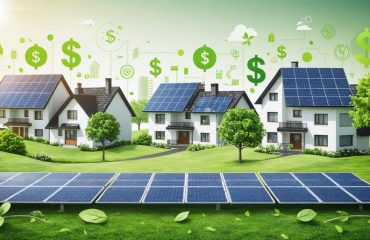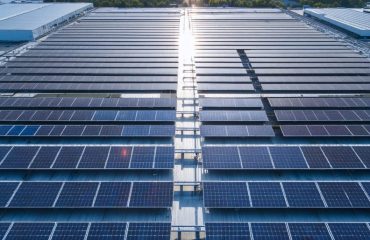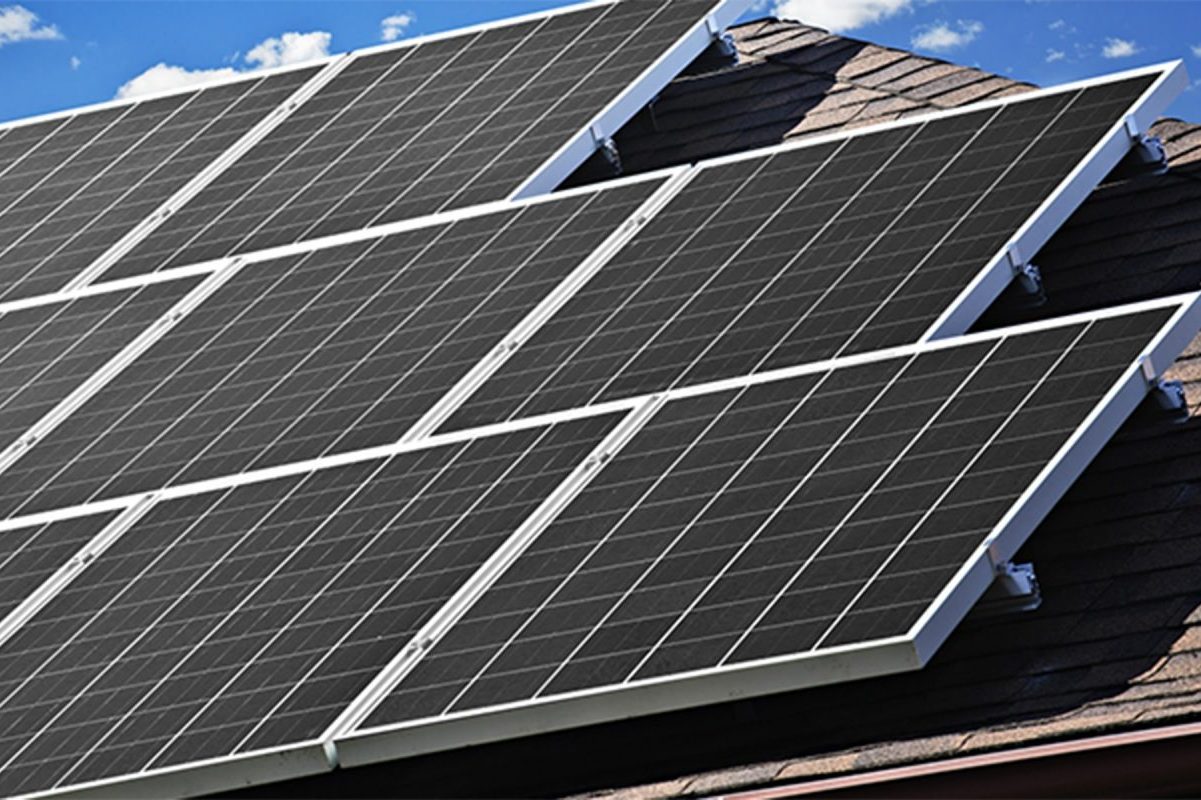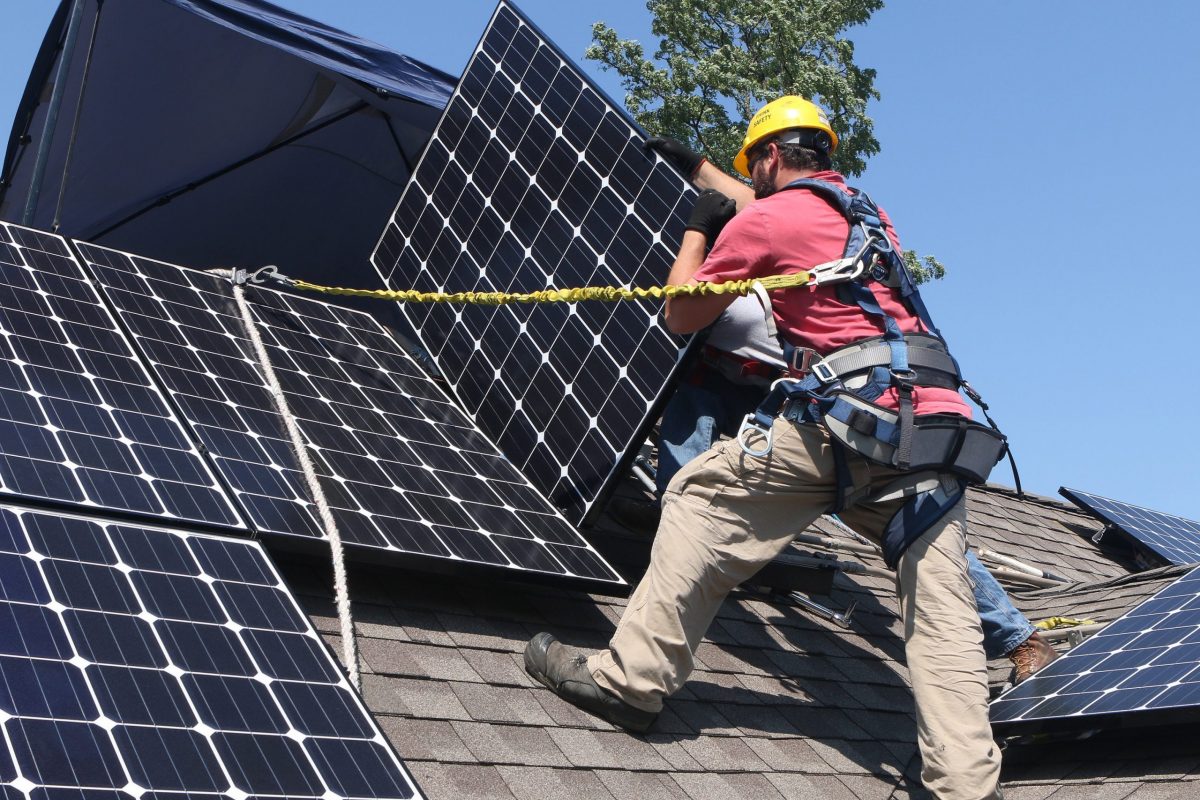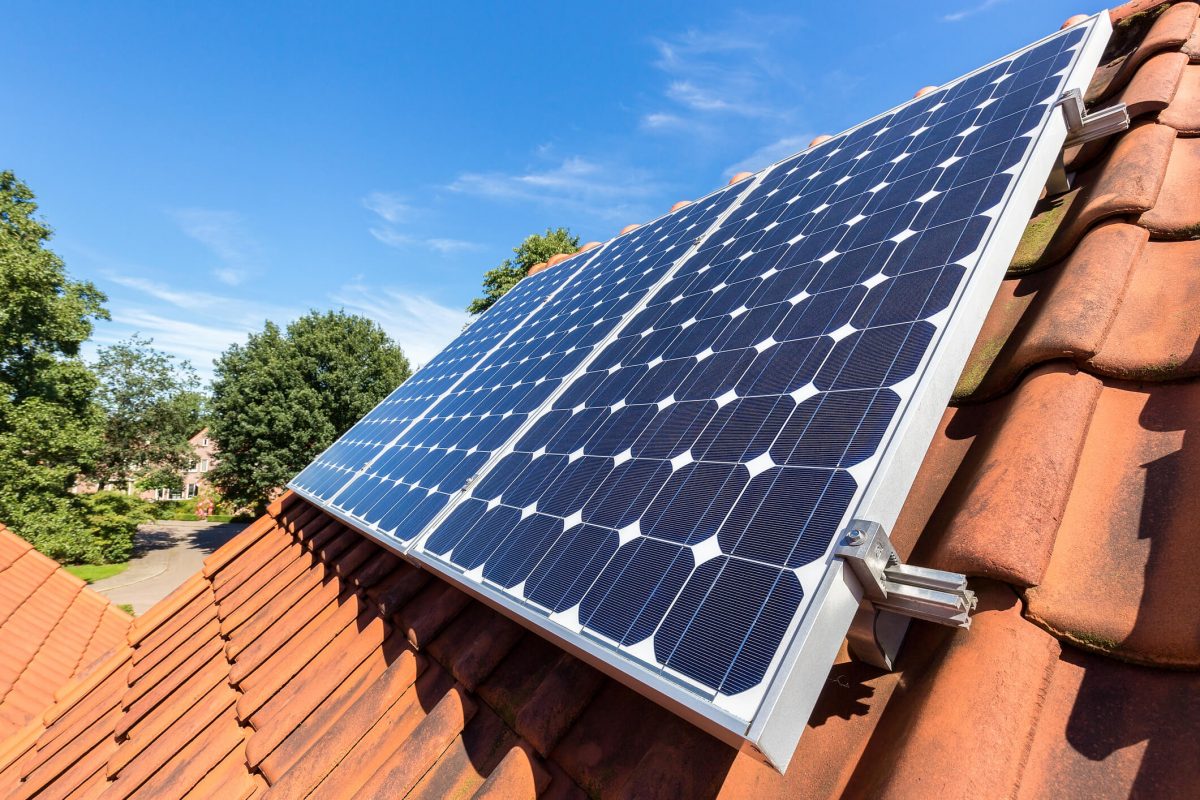Communities hold the key to sustainable, inclusive development that truly transforms lives. When local residents take charge of their development initiatives, from infrastructure projects to social programs, the results are often more impactful and longer-lasting than top-down approaches. Community-led development empowers people to identify their own needs, leverage local resources, and create solutions that work specifically for their context.
By putting decision-making power in the hands of those most affected, this grassroots approach ensures projects align with local values and priorities while building lasting capacity within communities. Whether it’s establishing neighborhood solar cooperatives, creating shared community spaces, or launching local economic initiatives, successful community-led projects demonstrate that residents are the true experts in understanding and addressing their collective needs.
This collaborative approach not only delivers more sustainable outcomes but also strengthens social bonds, builds local leadership, and creates a sense of ownership that traditional development methods often fail to achieve. As communities worldwide face increasing challenges, this participatory model offers a proven path to resilient, equitable development that works for everyone.
What Makes Solar Policy Development Community-Led?
Key Principles of Community-Led Solar Development
Community-led solar development thrives on several fundamental principles that ensure projects benefit everyone involved. At its core is local ownership, where community members have a direct stake in the solar installations, creating a sense of investment and long-term commitment to the project’s success.
Collective decision-making stands as another crucial element, ensuring that all voices are heard and respected. Through regular meetings, workshops, and open forums, communities work together to determine project locations, size, and implementation strategies. This democratic approach helps address concerns early and builds strong support for initiatives.
The principle of shared benefits ensures that the advantages of solar projects extend throughout the community. This includes reduced energy costs, revenue from excess power generation, and job creation through installation and maintenance work. Environmental benefits are distributed equally, while financial returns are often reinvested in community development projects.
Transparency and accountability form the foundation of successful community solar initiatives. Regular reporting, clear communication channels, and accessible information help maintain trust and engagement among participants. This openness ensures that projects remain aligned with community needs and values while delivering sustainable energy solutions.
Stakeholder Engagement Models
Community-led development thrives through various engagement models that empower residents to shape their neighborhoods. The most effective approach is the participatory planning model, where community members actively contribute to decision-making through regular workshops and forums. Another successful method is the stakeholder coalition approach, which brings together residents, local businesses, and community organizations to form working groups focused on specific initiatives.
The asset-based community development model emphasizes identifying and leveraging existing community strengths rather than focusing on deficits. Digital engagement platforms have also emerged as valuable tools, allowing broader participation through online surveys, virtual town halls, and mobile apps that gather real-time feedback from residents.
These models work best when combined with traditional face-to-face meetings, ensuring all community members have opportunities to participate, regardless of their technological access or comfort level.

Success Stories: Communities Leading Solar Innovation
Local Solar Co-ops
Solar cooperatives are transforming neighborhoods across America, making clean energy more accessible and affordable for everyone. In Maryland, the Rockville Solar Co-op helped 79 households install solar panels, reducing their electricity bills by an average of 30% while creating local jobs. The group’s collective purchasing power secured a 20% discount on installation costs.
Similar success stories can be found in Colorado’s Mountain Valley Solar Coalition, where 150 rural households joined forces to bring renewable energy to their remote community. By working together, they attracted competitive bids from installers and secured better warranty terms than individual buyers could achieve alone.
The Sunshine State Solar Co-op in Florida demonstrates how community-led initiatives can overcome policy barriers. Their 200+ members successfully advocated for favorable net metering policies while helping each other navigate permitting processes. Members report average annual savings of $800-1,200 on their energy bills.
These grassroots initiatives not only make solar more affordable but also strengthen community bonds and create local economic opportunities. Many co-ops also provide educational resources and support for maintenance, ensuring long-term success for their members.
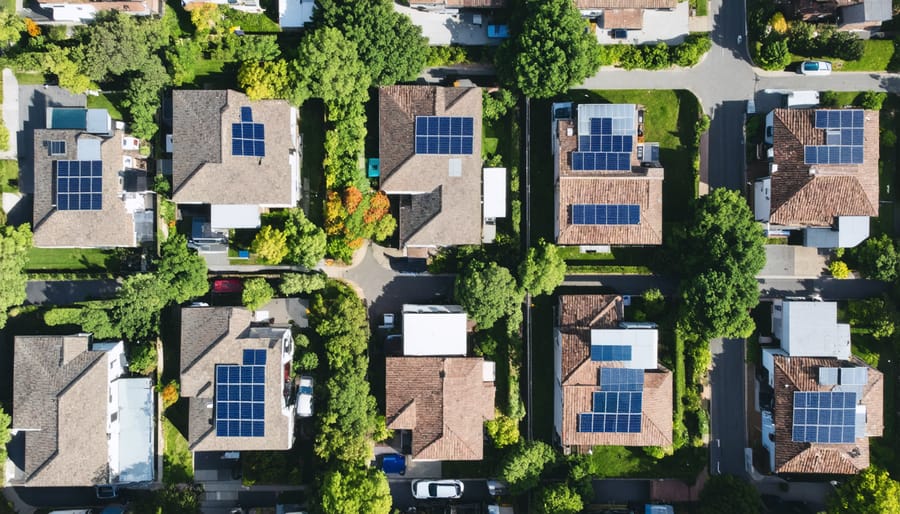
Neighborhood Solar Programs
Several neighborhoods across the country have successfully implemented community-wide solar initiatives, demonstrating the power of collective action. In Boulder, Colorado, the Meadows Community Solar Project brought together 35 households to install rooftop solar systems, reducing electricity costs by an average of 60% per household. Through local solar programs, residents secured bulk purchasing discounts and shared installation costs.
The Oak Park Solar Initiative in Illinois showcases another success story, where 200 homes adopted solar power within two years. The community organized educational workshops, coordinated group purchases, and established a neighbor-to-neighbor mentoring system. This resulted in a 40% reduction in installation costs compared to individual installations.
In Portland, Oregon, the Sunnyside Neighborhood Association created a solar cooperative that helps residents navigate permitting processes and secure financing options. Their innovative approach includes a rotating fund that helps lower-income households access solar technology, ensuring the benefits of clean energy are available to all community members. These examples demonstrate how organized neighborhoods can make solar adoption more accessible and affordable for everyone.
Benefits of Community-Led Solar Policy
Economic Advantages
Community-led development creates significant financial advantages for residents through collective bargaining power and shared resources. When communities band together, they can negotiate better rates for solar installations, reducing individual costs by 15-30% compared to solo purchases. These group initiatives often qualify for enhanced solar tax incentives and special financing options, making renewable energy more accessible to all income levels.
Beyond immediate energy savings, community projects often establish local job opportunities in installation, maintenance, and administration. Many neighborhoods report increased property values after implementing sustainable initiatives, with some areas seeing up to 4% higher home resale values. Shared maintenance costs and bulk purchasing of equipment further reduce individual financial burdens.
Community members also benefit from revenue-sharing models where excess energy production is sold back to the grid. Some communities have established cooperative funds from these profits, which are reinvested in local infrastructure improvements or distributed as dividends to participating households, creating a sustainable cycle of economic growth and community reinvestment.
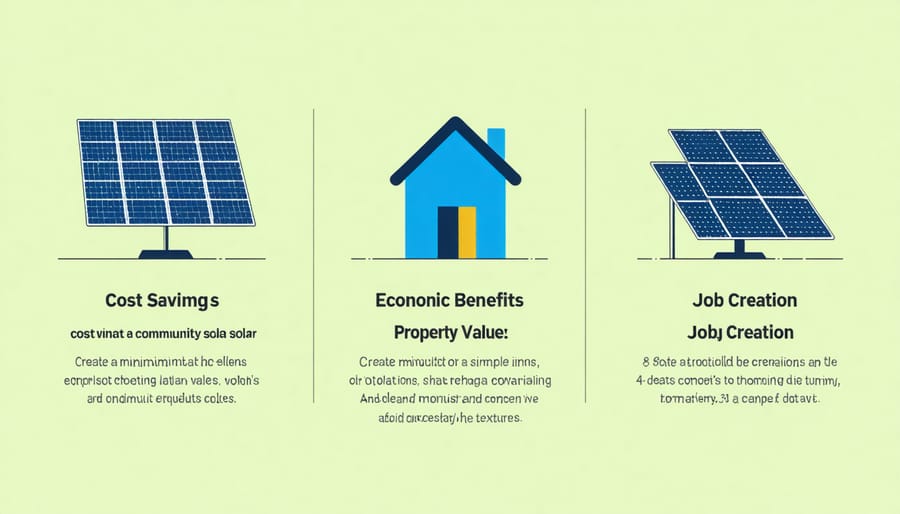
Social and Environmental Impact
Community-led development creates ripple effects that extend far beyond individual households. When neighborhoods come together to implement sustainable initiatives, they often see improved air quality, reduced carbon emissions, and enhanced green spaces. These projects frequently lead to the creation of community gardens, parks, and natural habitats that support local wildlife and pollinators.
The social benefits are equally impressive. Collaborative projects strengthen neighborhood bonds, creating a more resilient and connected community. Residents develop a stronger sense of pride and ownership in their area, leading to better maintenance of public spaces and increased property values. These initiatives often spark educational opportunities, with schools and community centers organizing workshops and programs about sustainability.
Environmental improvements often translate into economic advantages for the entire community. Green infrastructure projects can reduce flood risks and lower cooling costs during summer months. Local businesses benefit from increased foot traffic in revitalized areas, while job opportunities emerge in sustainable industries. The collective approach to development also ensures that environmental benefits are distributed equitably, preventing the concentration of improvements in only wealthy neighborhoods.
How to Get Involved in Community Solar Policy
Getting involved in community solar policy is easier than you might think, and your participation can make a real difference in shaping local energy initiatives. Start by joining local environmental groups or sustainability committees that focus on renewable energy. These organizations often serve as excellent platforms for learning about current policies and connecting with like-minded neighbors.
Research your state’s existing solar policies and incentive programs through your state energy office’s website. Understanding the current landscape will help you identify areas where community input could drive positive change. Subscribe to newsletters from solar advocacy groups to stay informed about policy developments and opportunities for public comment.
Attend town hall meetings and public hearings where energy policies are discussed. Your voice as a homeowner carries significant weight in these forums. Share your personal experiences with solar energy, whether you’ve already installed panels or are considering them. Real stories help officials understand the practical impact of their decisions.
Contact your local representatives and express your support for community solar initiatives. Be specific about the benefits you’d like to see, such as increased access to solar power for renters or low-income households. Writing letters, making phone calls, or scheduling meetings can help build momentum for policy changes.
Consider organizing neighborhood solar information sessions or joining a solar co-op. These grassroots efforts demonstrate community interest and can attract attention from policymakers. Document success stories and challenges in your community to provide concrete examples during policy discussions.
Remember that policy change often starts at the local level. By actively participating in community solar initiatives, you’re helping create a more sustainable future while potentially reducing energy costs for yourself and your neighbors.
Community-led solar development represents a powerful path toward a more sustainable and equitable energy future. When residents actively participate in shaping solar policies, the resulting programs better reflect local needs, concerns, and aspirations. This collaborative approach has proven successful in numerous communities, leading to increased solar adoption rates, more affordable clean energy options, and stronger local economies.
Your voice matters in this transformation. By engaging with local officials, attending community meetings, and joining solar advocacy groups, you can help shape policies that benefit everyone. Consider starting or joining a neighborhood solar initiative, reaching out to your representatives, or simply sharing your positive solar experiences with others.
The transition to renewable energy works best when driven by informed, engaged communities. Whether you’re a homeowner, renter, or business owner, you have the power to influence how solar energy develops in your area. Take that first step today – attend a local energy meeting, join an environmental group, or connect with solar-passionate neighbors. Together, we can create a brighter, cleaner energy future that works for all community members.


